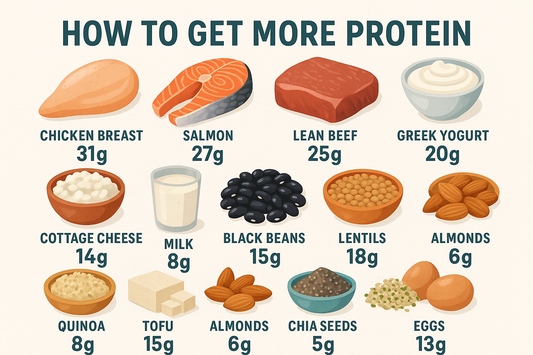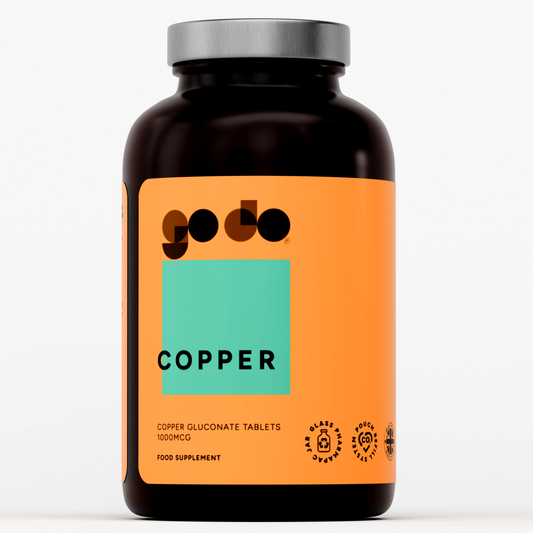
Back injury can be tremendously incapacitating, tenacious, and problematic to remedy. Thus, every effort should be made to dodge back injury during resistance training. The lower back is principally at risk. It has been seen that 85% to 90% of all intervertebral disk herniations happen at the disk between the two lowest lumbar vertebrae (L4 and L5) or between the lowest lumbar and the top sacral vertebra (L5 and S1). This is not unexpected, given the enormously high compressive forces on the disks during lifting. The flat-back lifting posture has been determined to be better generally than a rounded (opposite of arched) back in curtailing ligament strain and compressive forces. A normal, to some extent arched (lordotic) back has been found to be superior to a rounded back for eluding injury to vertebrae, joints, disks, ligaments, and the musculature of the back.
The vertebral column is unsurprisingly S-shaped, being marginally rounded (kyphotic) in the thoracic spine and lordotic in the lumbar spine. Maintaining the posture during exercise and day-to-day activities is vital to avoiding lower back pain further down the line in life. So, how can we improve your posture to maintain this alignment? Quite often, a poor posture deals with having comparatively weak upper body muscles (or overly-dominant in others). Some postural exercises can remedy this quite easily!
1. Standing Wall Angels
An overly kyphotic upper back can be caused by weak muscles between the shoulders. This particular exercise will strengthen the muscles that retract your shoulder blades, namely the rhomboids and the middle portion of the trapezius. To do this, stand with your back to the wall, with your knees slightly bent. Place your arms against the wall at shoulder level and raise your hands up the wall as far as humanly possible, after which you’ll need to return to the starting position. Rinse and repeat!
2. Hamstring Stretching
Inflexible hamstrings can exacerbate the problem of a rounded lower pack, facilitating poor posture. A simple way to stretch them is to lie on your back with your feet on the floor, and then with a towel or rubber band of some sort, wrap it around one of your feet and pull it towards you, making sure to keep your leg as straight as possible!
3. Neck Mobility
A consistent forward head posture automatically deactivates the postural lower back muscles, facilitating poor posture. To remedy this, it may be necessary to strengthen the muscles at the back of the neck. A simple way to do this is to gently place your hands on the back of your head and put a bit of pressure as a form of resistance. Then extend your neck so that you are looking at the ceiling. Gently return your head to the starting position and rinse and repeat![1][2]
Bibliography
- Baechle, Thomas R., and Roger W. Earle. NSCA Essentials of Strength Training and Conditioning. 2nd Edition. Champaign, Illinois: Human Kinetics, 2008.
- Earle, Roger W., and Thomas R. Baechle. NSCA’s Essentials of Personal Training. 2nd ed. Champaign, IL: Human Kinetics, 2012.










